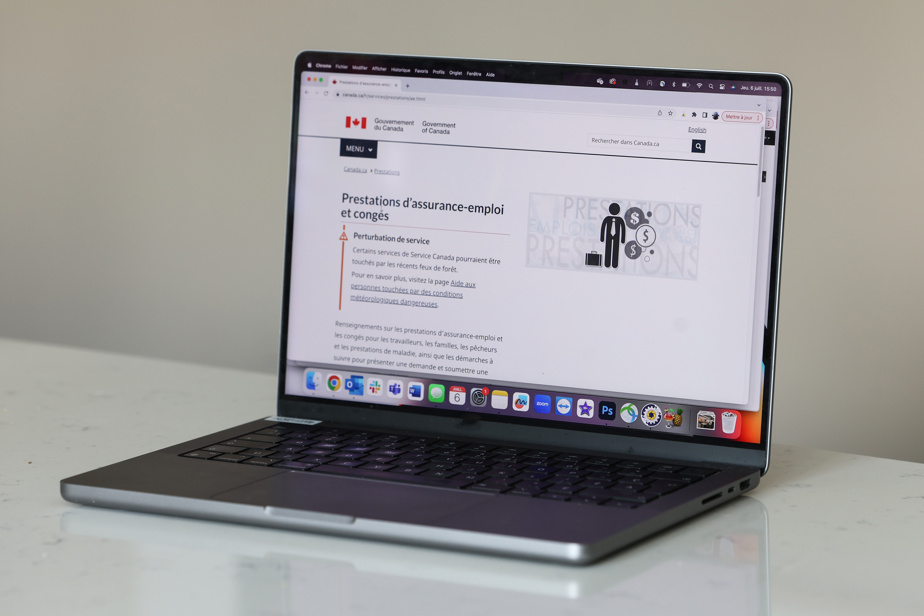After resisting the combined onslaught of inflation and high interest rates for several months, the job market is starting to buckle, especially in Quebec.
What there is to know
The labor market continues to add jobs in Canada, but at an insufficient rate to absorb population growth.
In Quebec, the unemployment rate increased from 4.9% to 5.2% in November.
The Quebec metropolitan region has the lowest unemployment rate in the country, at 2.7%. In the Montreal region, the rate reaches 5.7%.
The unemployment rate in Quebec jumped to 5.2% in November, its highest level since October 2021. The number of jobs decreased by 1,500, while it increased by 25,000 in Canada, where the rate unemployment increased from 5.7% to 5.8%.
The job market in Quebec is decelerating rapidly compared to the rest of Canada, according to Statistics Canada figures.
“The drop in tension is clearly visible in terms of hours worked and salaries,” points out Florence Jean-Jacobs, senior economist at Desjardins.
The number of hours worked is up just 0.3%. The increase in average hourly wages decreased to 3.2% in Quebec, while it remained at 4.8% in Canada.
The number of vacant positions has fallen by 20.6% in Quebec over the past year, the Desjardins economist also noted in a recent study.
With a lag, the increase in the unemployment rate reflects the significant slowdown in the Quebec economy since mid-2023.
After a decline of 1.9% in gross domestic product in the second quarter (April, May and June), the economy recorded a small increase of 0.1% in July and a further decline of 0.4% in August ( latest figures available).
“Unless there is a significant rebound in September, the economy will likely post a second quarterly decline in a row,” predicts Florence Jean-Jacobs.
Two consecutive quarters of GDP contraction is the technical definition of a recession. GDP would need to increase by 0.6% in September to avoid this recession scenario, according to economists Matthieu Arseneau and Alexandra Ducharme of the National Bank.
Since its low of 3.9% last January, the unemployment rate has increased by 1.3 percentage points in Quebec.
At 5.2%, Quebec’s unemployment rate remains one of the lowest in the country, put National Bank economists into perspective.
“For the future, we continue to believe that Quebec’s GDP could show relative resilience to the rest of the country, particularly due to the lower household debt rate and a greater proportion of dual-income households. »
The message from the Bank of Canada
Aside from wage pressures, which remain strong outside Quebec, the evolution of the job market in November supports the possibility of maintaining the key rate at its current level of 5%. The Bank of Canada is due to make the announcement next Wednesday.
The unemployment rate increased in Canada in November for the second consecutive month to reach 5.8%. According to Statistics Canada, part of the increase is due to layoffs, reflecting more difficult conditions in the job market.
Since the start of the year, the Canadian economy has created 430,000 jobs, but the working-age population has increased by 870,000 during the same period, contributing to rising unemployment.
The significant decline in GDP in the third quarter is another element which militates in favor of the status quo on interest rates. GDP fell by 1.1% in the third quarter, a performance lower than the expectations of economists and the forecasts of the Bank of Canada, which forecast growth of 0.8% for this period.
“The decision of the Bank of Canada next week will not be a surprise,” said economist Claire Fan, the Royal Bank, who predicts that the key rate will be maintained for the third time.
Now that further hikes are ruled out, the central bank could provide guidance on how long it will take before the policy rate begins to fall. Expect the governor’s message that will accompany the rate decision to be dissected in detail.
